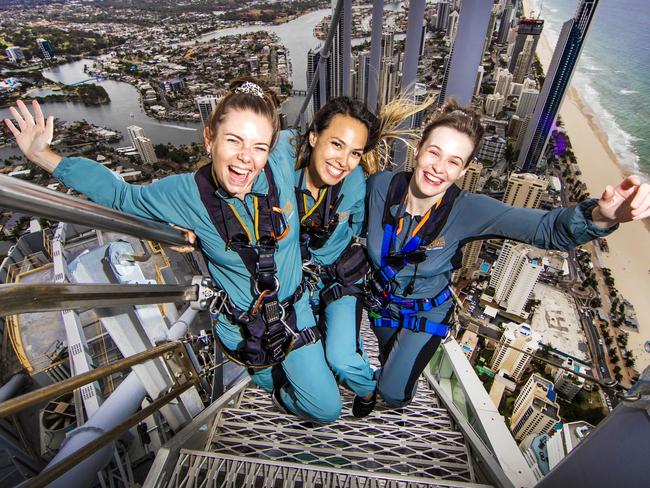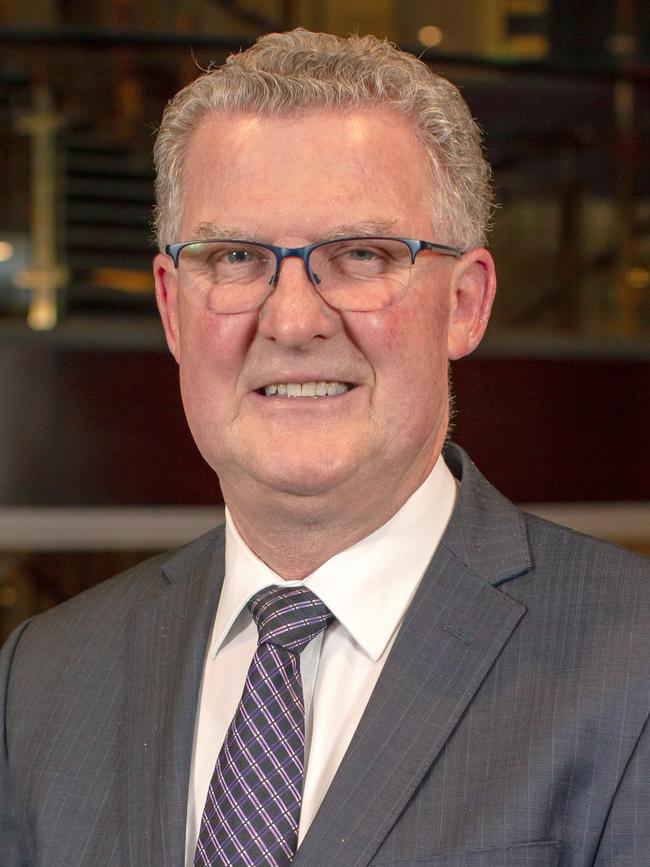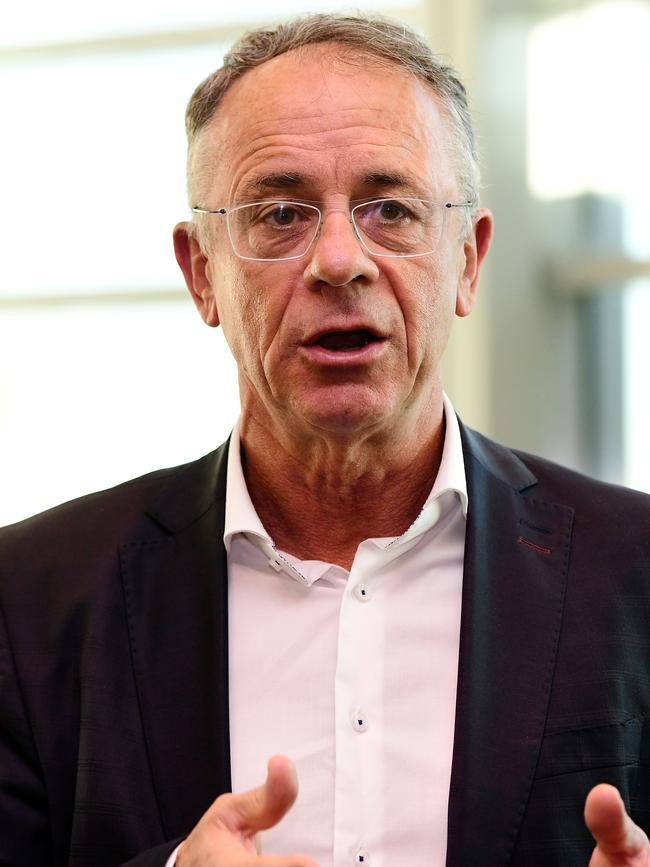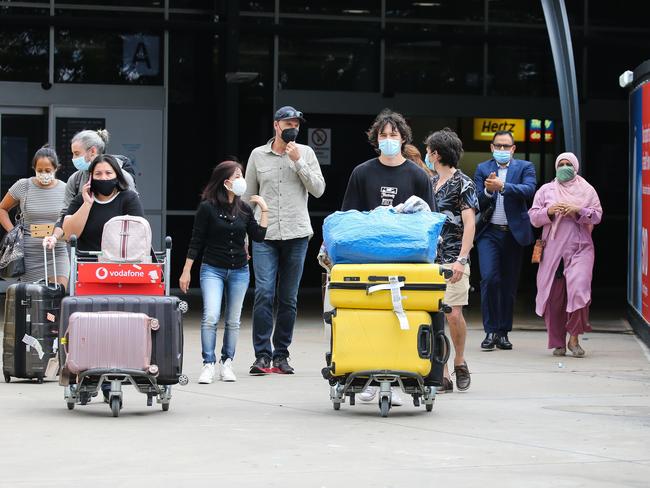Why tourism will not bounce back as Australia’s international border reopens to tourists
Australia’s international border reopening is a lifeline that every tourism operator and hotel needs right now. But it won’t come without another hurdle.
Travel
Don't miss out on the headlines from Travel. Followed categories will be added to My News.
It will be several years before international visitor numbers return to pre-pandemic levels, despite the reopening of Australia’s borders, tourism industry figures say.
They also warn staff shortages in the sector will continue to hurt, although it is hoped the shortfalls will be eased by the return of international students and working holiday makers.
The borders reopen on February 21, just as the Australian tourism industry enters a traditionally quieter period before Easter.
Forward hotel booking data for the Gold Coast, for example, shows hotels there are currently sitting at 31 per cent average occupancy for March and 28 per cent for April.
Tourism Accommodation Australia CEO Michael Johnson said hotel occupancy in Sydney and Melbourne during January was around 30 and 42 per cent respectively (Melbourne was a bit higher because of the Australian Open), “but February is not looking any better due to consumer confidence”.
“We’ll see a slow return in the first and second quarters, but we’re optimistic the second half of the year is going to be strong,” he said.

But it would be a long time before Sydney saw hotel occupancy rates in the high 80 and low 90 per cent levels, as it was before the pandemic, Mr Johnson said.
“Those types of rates are a few years away,” he said.
The accommodation sector “was dealing with a labour crisis right now,” Mr Johnson said. “The only thing that has been saving us has been the low occupancies. But we are starting to see the return of working holiday makers, and we need more.”
The expectations of a long slow return to normal seem to permeate the entire tourism industry. A recent member survey by the Australian Federation of Travel Agents found 58 per cent did not expert their business to be making a profit again until the end of the 2022/23 financial year.


In aviation, signs are mixed. While British Airways announced this week it would resume flights to Australia from March 29, most international airlines are operating reduced services. In its most recent market statement (made before the announcement of the border reopening) Qantas said its domestic capacity for the third quarter would be around 70 per cent of pre-Covid levels, down from an earlier forecast of 102 per cent, and its international capacity for the same period would be around 20 per cent of pre-Covid levels, down from an earlier prediction of 30 per cent.

But Qantas Domestic and International CEO Andrew David said there had been a “significant spike” in bookings and searches since the border announcement.
“Bookings for flights coming into Australia doubled on the first day after the Government’s announcement,” Mr David said.
“Bookings are strongest out of the US and UK and we’ve also seen spikes from South Africa, India and Canada, with March, April and May the most popular months for travel.”
Minister for Trade, Tourism and Investment Dan Tehan said Tourism Australia would launch marketing activity to promote Australia as a destination ahead of the border reopening, but declined to provide details.
More Coverage
Originally published as Why tourism will not bounce back as Australia’s international border reopens to tourists





